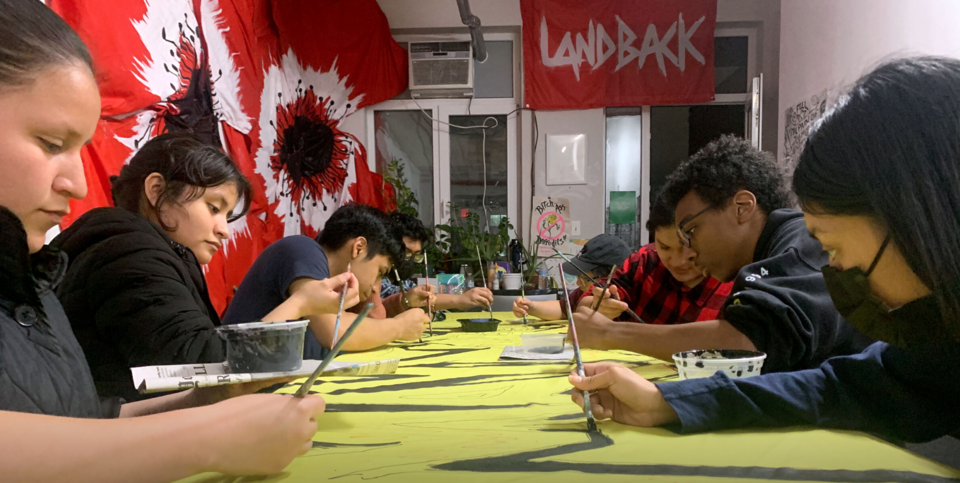Financial stability and a career in the arts are often seen as conflicting, especially in New York City, known for its high cost of living.
Creatives Rebuild New York (CRNY) is a three-year, $125 million program that began in 2021 to help bridge this gap between artists and financial support structures in New York state. As part of its core programming, CRNY piloted the Artist Employment Program (AEP), a two-year project that funded the employment of individual artists at community-based organizations in 2022.
Through the program, artists received a $65,000 annual salary plus benefits, while the partnered organizations were allocated between $25,000 and $100,000 per year.
“We were really looking at the quality of the collaboration because our belief is that artists can have huge impacts in communities," said Sarah Calderón, executive director of CRNY. "And when artists are working toward community outcomes, it can really further the mission of organizations.”
In Brooklyn, 31 artists participated in the AEP, including Crystal Clarity, a visual artist, and Tracey Dixon, a violist. Both have continued their work with their partner organizations even after the program concluded in June.
Clarity, a third-generation New York Puerto Rican, works in various mediums from illustration to murals. She partnered with Mayday Space, a community center in Bushwick. Clarity, who founded Medicine Walls, an organization that utilizes public art-making for social and political activism, offered weekly open studio sessions and drawing classes.
“I’ve been in a relationship with Mayday for a really long time—since their inception—and so we thought let’s see if we can get some support for the work that we're already doing” she said.
Similarly, Dixon applied for the AEP in collaboration with Opus Dance Theatre in Brownsville because she has been a teaching artist with the organization since 2016. Through the AEP, she was able to continue providing string music education for Title 1 schools in the area. Since June, she’s been a full-time employee as the organization's director of operations.
Dixon, who has performed with artists like Solange and Donnie McClurkin, said she incorporates sound healing techniques into her teaching.
“I run my classes so that students are learning how to play these instruments, but also learning that they can turn to making art or just making sound to help them,” she said.
With her middle school students, Dixon finds that music can be particularly therapeutic.
“You know, middle school is so hard. I say to them ‘let’s play a few of these notes and see how it makes you feel inside—the vibrations, the strings, and the wood on your body might just help you calm down.’”
Dixon credited the AEP with providing financial stability that is rare for a working artist.
“When you’re living the artist’s life, you're counting every last nickel and dime because you don’t know what’s going to happen,” she said. “I’ve had jobs at schools before this partnership where they would cut mid-year because of budget cuts.”
Dixon added that because of AEP, Opus “didn’t have to chase down money from the schools” to secure her salary.
As the CRNY program comes to a close, a report on the impact of the program found that the nonprofits who participated in AEP saw their scope of work in the community expand by hiring artists. For the artists, their personal and financial life stabilized and the program helped them to develop new artistic practices and skills.





